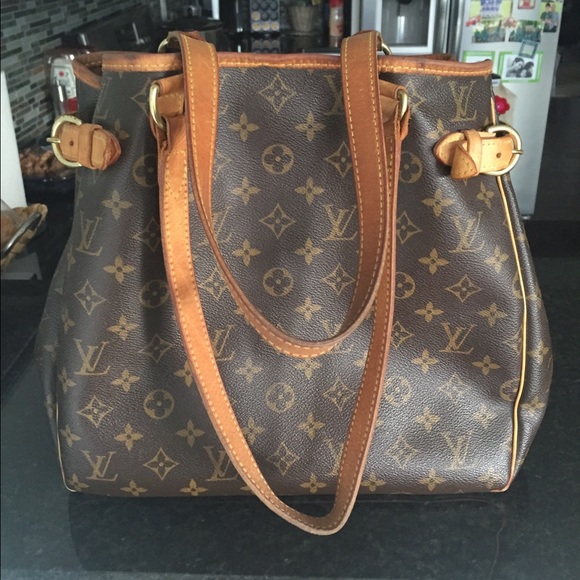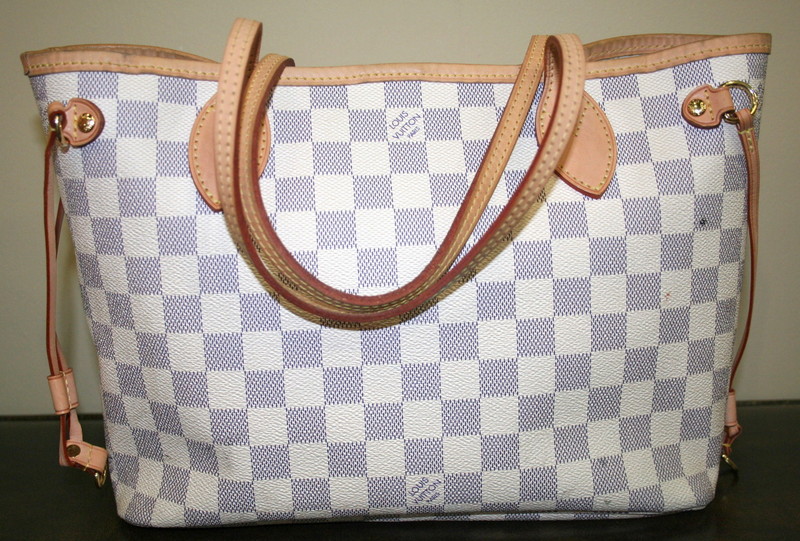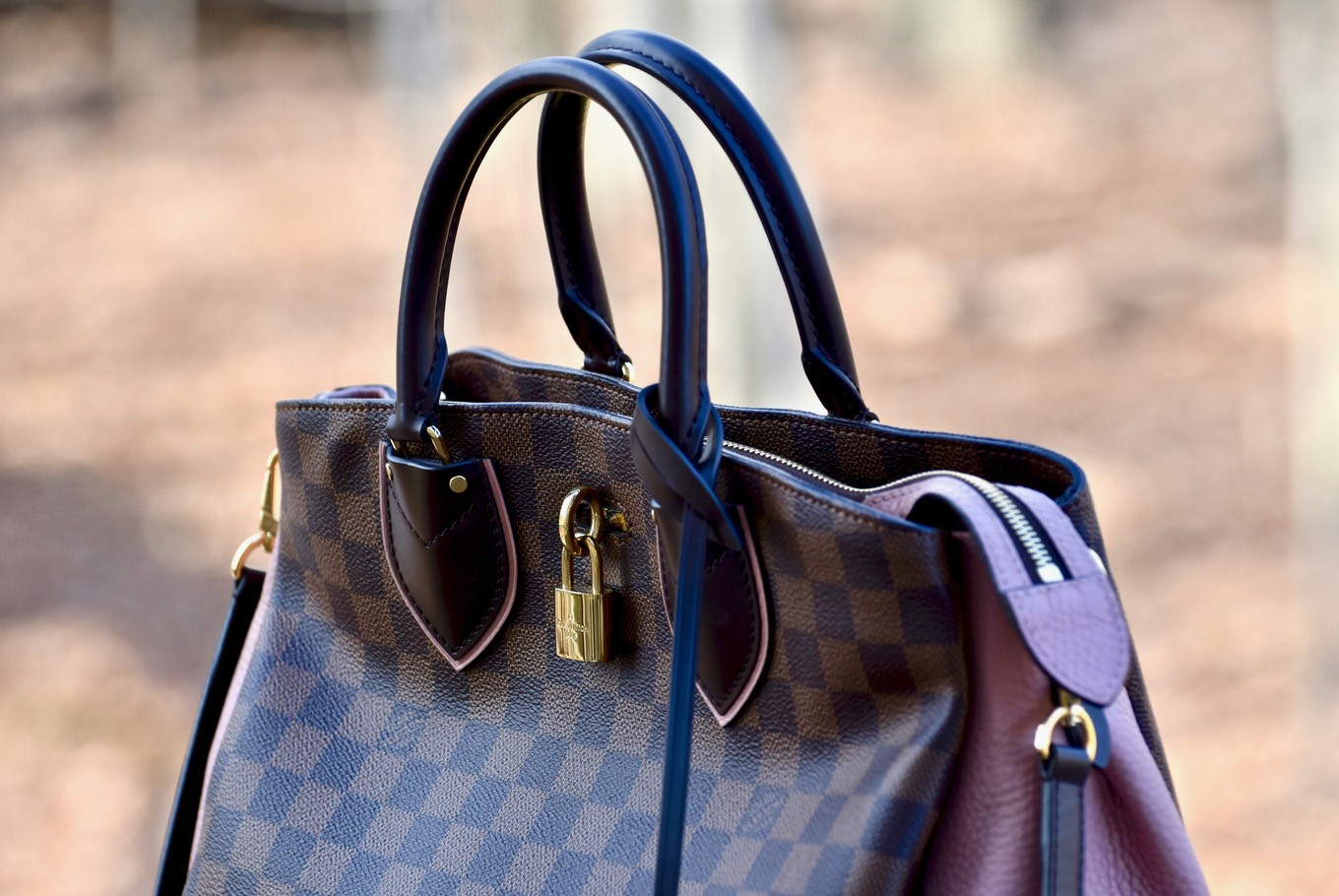
Authentic used Louis Vuitton speedy bag | Louis vuitton speedy bag, Used louis vuitton, Louis vuitton

Louis Vuitton Bags Second Hand: Louis Vuitton Bags Online Store, Louis Vuitton Bags Outlet/Sale UK - buy/sell used Louis Vuitton Bags fashion online

Authentic Used Louis Vuitton bags for sale – Yoogi's Closet | Louis vuitton sale, Louis vuitton, Louis vuitton crossbody
![Used] LOUIS VUITTON EVA Monogram M95567 2WAY Shoulder Bag Chain Bag Handbag Party Bag Brown Leather ref.445493 - Joli Closet Used] LOUIS VUITTON EVA Monogram M95567 2WAY Shoulder Bag Chain Bag Handbag Party Bag Brown Leather ref.445493 - Joli Closet](https://cdn1.jolicloset.com/img4/fblink/2022/01/445493-1.jpg)






















